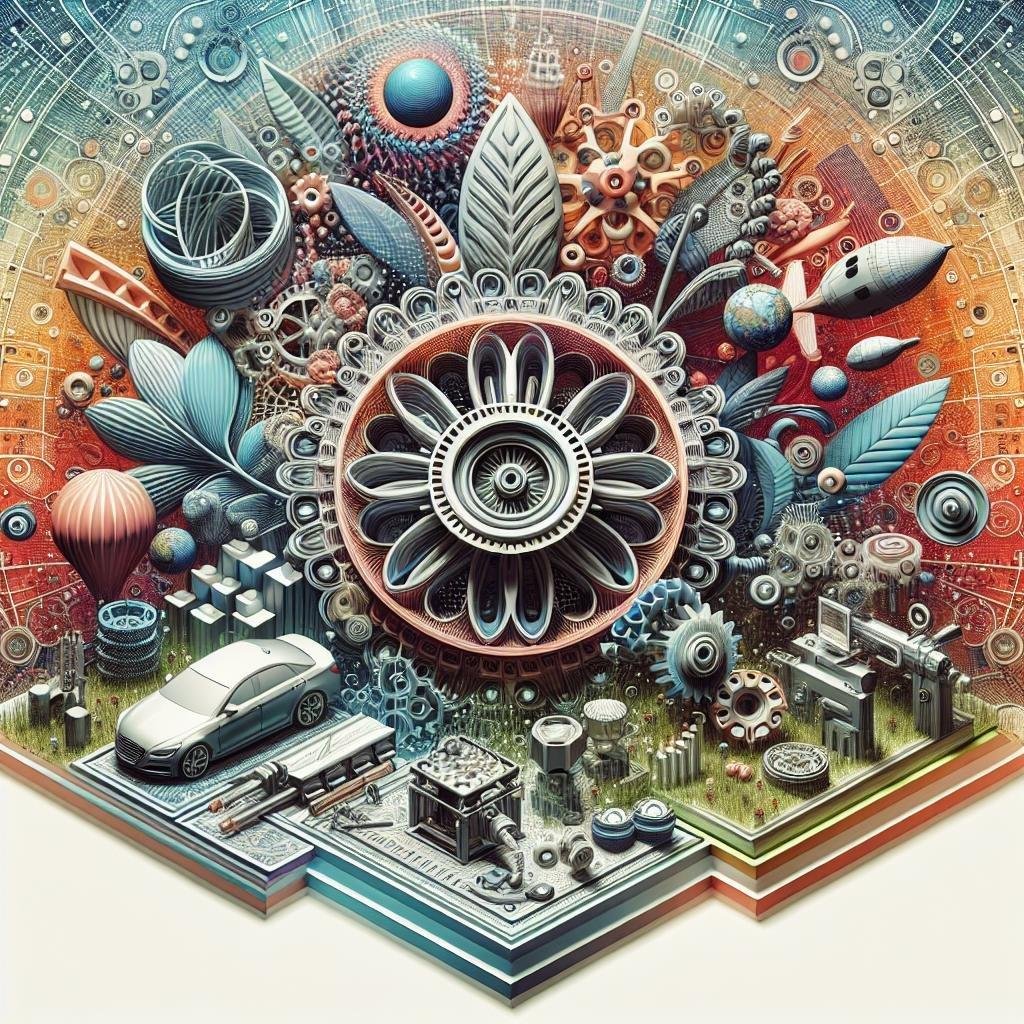In the not-so-distant past, the notion of conjuring objects out of thin air was confined to the realms of science fiction and magic. Yet, fast-forward a few years, and the automotive industry stands on the brink of a transformative revolution—fueled not by alchemy, but by the wonders of 3D printing. Imagine a world where car parts are ‘printed’ on demand, tailored to exact specifications, and innovated with unprecedented agility. As automotive manufacturers gear up to embrace this cutting-edge technology, the roads ahead promise not only sleek new designs but a faster, more efficient way of bringing visions to life. Welcome to the era where dreams are printed, and the pace of innovation drives the industry towards sustainable, customizable futures. Join us as we explore the fascinating journey of how 3D printing is reshaping the automotive landscape, one layer at a time.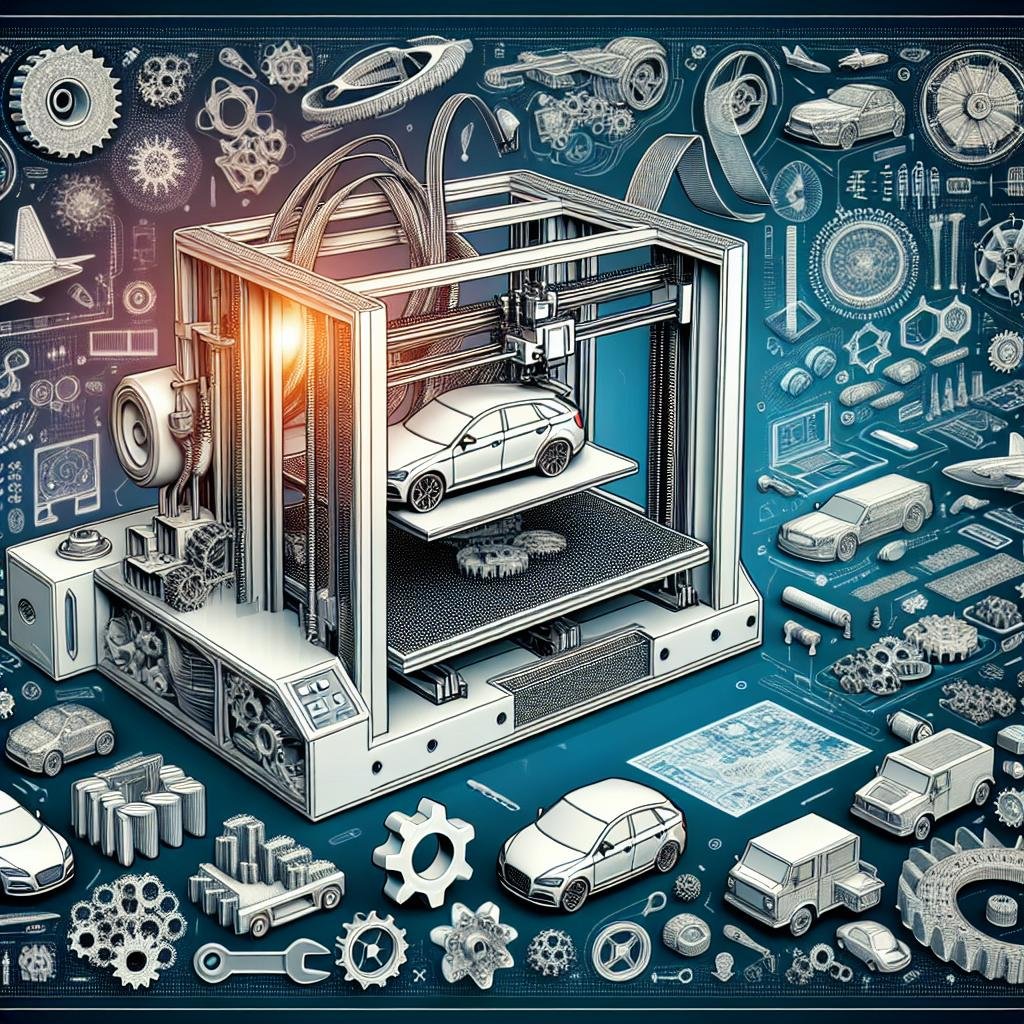
Driving Innovation: The Role of 3D Printing in Automotive Design
In the rapidly evolving landscape of 21st-century innovation, the incorporation of 3D printing in automotive design has emerged as a transformative force. By enabling the fabrication of complex geometries and intricate components that were once deemed impossible, this cutting-edge technology empowers designers and manufacturers alike. Automotive companies are leveraging 3D printing for a myriad of applications, including expedited prototyping, precision tooling, and the creation of lightweight parts. As a result, the industry witnesses a significant reduction in lead times and a substantial decrease in production costs. With the continuous advancement in 3D printing materials and the growing accessibility of technology, even smaller manufacturers can compete by bringing unique customization options to their vehicles.
Exploring the ways in which 3D printing affects the design process, several key advantages surface:
- Rapid Prototyping: New designs can be tested and iterated swiftly, allowing for greater experimentation and improved accuracy.
- Material Flexibility: Innovative materials such as carbon fiber-reinforced polymers enable stronger, more resilient components.
- Sustainability: By reducing waste and promoting more efficient material use, 3D printing helps lower the environmental impact.
| 3D Printing Application | Impact on Automotive Design |
|---|---|
| Rapid Prototyping | Accelerates design iterations |
| Custom Tooling | Enhances manufacturing precision |
| Lightweight Parts | Improves fuel efficiency |
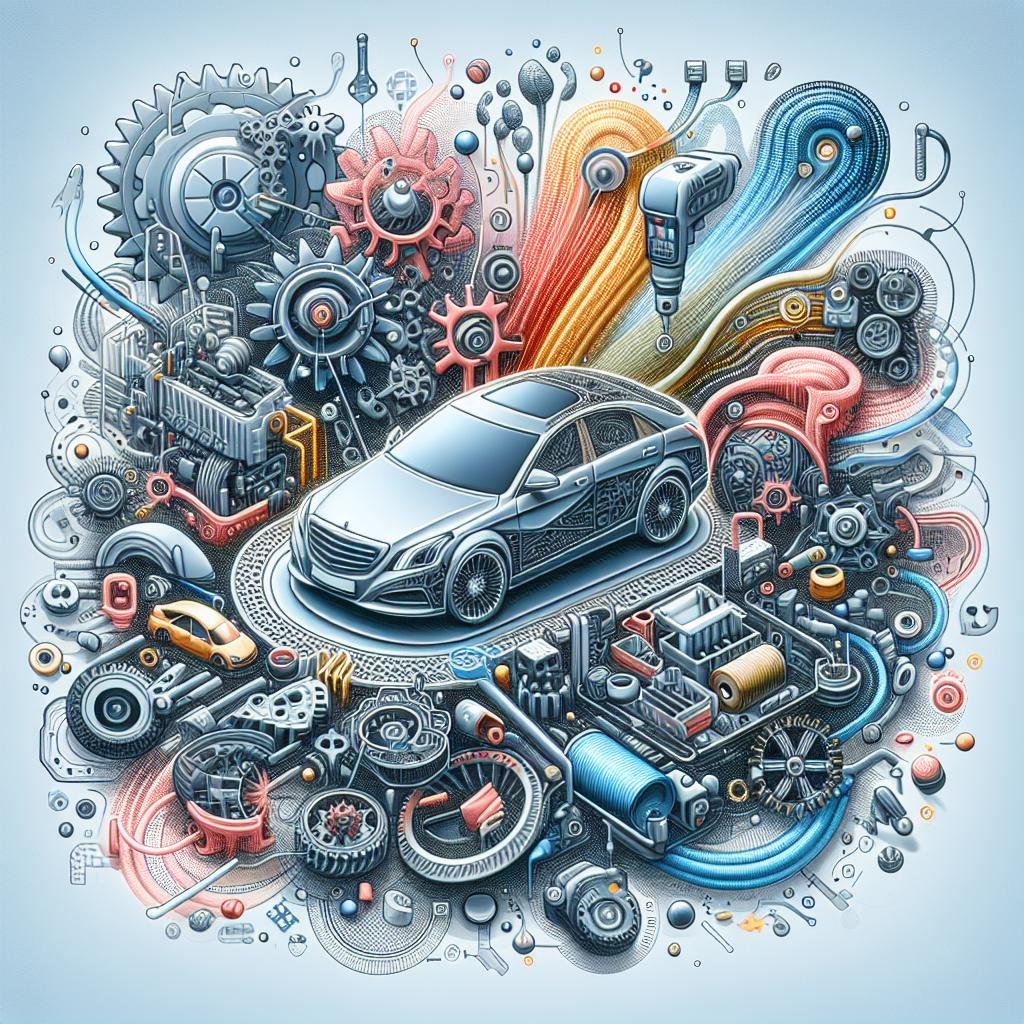
Revolutionizing Manufacturing: How 3D Printing is Streamlining Production
In recent years, the automotive sector has enthusiastically embraced the potential of 3D printing, introducing a suite of innovations that promise to redefine manufacturing paradigms. This technology allows manufacturers to rapidly prototype parts and tools, significantly reducing the development time from concept to completion. By bypassing traditional methods that once took weeks, vehicles can now be designed, tested, and tweaked with unprecedented agility. The ability to create complex geometries is a game changer, allowing engineers to craft components that are not just lighter but also more efficient. This weight reduction contributes to enhanced fuel efficiency and better overall performance, aligning perfectly with the industry’s shift towards sustainability.
- Cost Efficiency: Minimized material waste and reduced need for inventory.
- Customization: Offering customers the possibility to personalize aspects of their vehicles.
- Supply Chain Simplification: Localized production reduces dependence on global supply chains.
| Aspect | Traditional Method | 3D Printing |
|---|---|---|
| Lead Time | Weeks | Days |
| Material Waste | High | Low |
| Design Iterations | Limited | Unlimited |
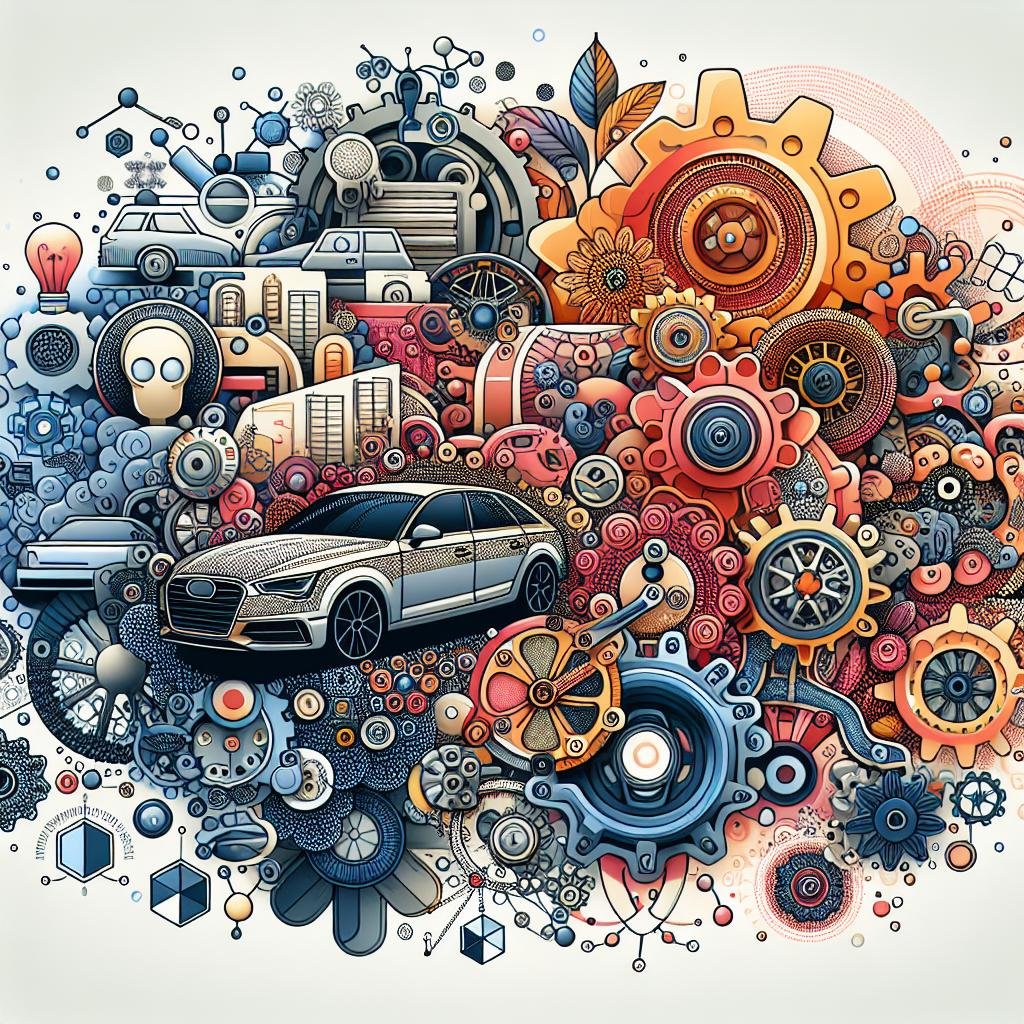
Fueling Efficiency: Enhancing Performance and Sustainability with 3D Printing
In today’s fast-paced automotive industry, 3D printing is revolutionizing both the design and manufacturing processes. This cutting-edge technology allows for the creation of complex geometries with minimal waste, which leads to the production of lighter and more fuel-efficient vehicles. With 3D printing, car manufacturers can quickly prototype and test parts, significantly reducing the development time for new models. Efficiency and customization are now more accessible with 3D printing, offering the ability to tailor components specifically for better aerodynamics and improved performance without the traditional constraints of conventional manufacturing.
Moreover, as sustainability becomes a central focus, 3D printing provides a greener alternative by minimizing material usage and enabling the recycling of resources. Components can be crafted from eco-friendly materials or designed to join seamlessly with recycled parts. Some of the most exciting applications include:
- Interior components: Sustainable, customizable designs for dashboards and seating.
- Engine parts: Lightweight structures that maintain strength and reduce overall mass.
- Exhaust systems: Complex shapes that enhance performance while reducing emissions.
| Aspect | Traditional Manufacturing | 3D Printing |
|---|---|---|
| Material Waste | High | Low |
| Design Flexibility | Limited | Extensive |
| Prototyping Time | Lengthy | Shortened |
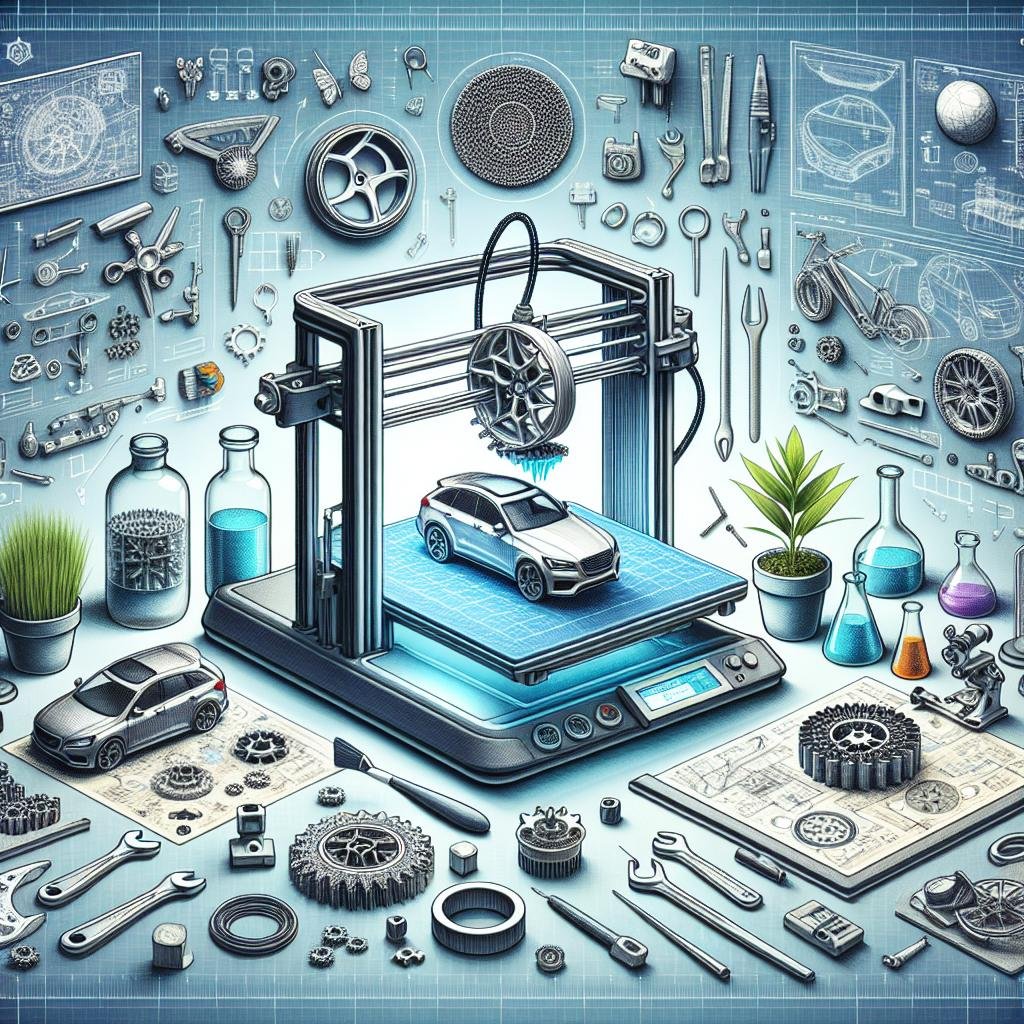
Accelerating Future Trends: Recommendations for Embracing 3D Printing in the Auto Industry
Unlocking Innovation with 3D Printing
As the car industry races towards an innovative future, utilizing the possibilities of 3D printing could drastically change the way vehicles are designed, produced, and customized. Manufacturers are finding that this technology not only speeds up the prototyping process but also offers newfound flexibility. To seize these opportunities, companies should prioritize investments in cutting-edge printing hardware and software while ensuring their teams are skilled in digital design. Emphasizing sustainability, the use of lightweight, eco-friendly materials in the printing process can substantially reduce waste and improve fuel efficiency. By integrating 3D printing into the production line, auto manufacturers can create bespoke components, enabling rapid iterations and enhancing both performance and customer satisfaction. This approach not only streamlines production but also leads to a significant reduction in time-to-market.
Strategic Collaboration and Infrastructure
Building partnerships with tech firms specializing in additive manufacturing can be a game-changer. Such collaborations will provide the expertise and infrastructure necessary for seamless integration into existing processes. Companies should also set up in-house innovation hubs to experiment with new designs and material compatibility, fostering a culture of continuous improvement. Here’s a simplified approach to catalyzing 3D printing within the auto sector:
- Collaborate with pioneering tech companies
- Invest in training and skill development for your workforce
- Adopt eco-friendly materials
- Set up internal innovation hubs
- Pilot small-scale projects to test feasibility
| Action | Impact |
|---|---|
| Prototype with 3D Printing | Reduces development time |
| Custom Components | Enhances personalization |
| Use of Lightweight Materials | Improves fuel efficiency |
Q&A
Q: What is 3D printing and how is it being used in the automotive industry?
A: 3D printing, often referred to as additive manufacturing, is a process that creates three-dimensional objects through the layer-by-layer addition of material. In the automotive industry, it’s being used to prototype car parts, create tools and components, and even manufacture end-use parts. This technology allows for quicker designs, adjustments, and testing, moving from concept to production in record time without the cost and complexity traditionally associated with manufacturing.
Q: How is 3D printing improving the design process of vehicles?
A: It’s a game-changer for designers! 3D printing enables them to explore complex shapes, structures, and innovations that were once thought impossible or too costly. Prototyping designs becomes faster and more efficient, allowing for rapid iterations and real-time testing. Plus, it encourages creativity and experimentation, leading to more innovative vehicle designs.
Q: Are there any specific examples of car parts being 3D printed?
A: Absolutely! Companies are 3D printing a wide variety of parts such as lightweight brackets, engine components, dashboards, and even entire body panels. For instance, some manufacturers are using 3D printing to produce customized interior parts or unique, complex exhaust systems that improve performance and efficiency.
Q: What are the benefits of using 3D printing for car manufacturers?
A: The benefits are vast! First off, there’s significant cost reduction. Traditional manufacturing processes like machining or casting can be expensive, especially for small batches. 3D printing eliminates much of the waste associated with these processes. Secondly, it speeds up production time, making it easy to quickly iterate designs. it offers great customization opportunities, allowing manufacturers to tailor parts to specific customer or design needs.
Q: Is 3D printing making vehicles more sustainable?
A: Yes, indeed! 3D printing promotes a greener footprint in automotive production. It reduces material waste because it only uses what’s necessary to build an object. This technology also supports lighter vehicle components, which leads to better fuel efficiency. Plus, the ability to produce parts on demand reduces the need for excessive inventory and shipping, cutting down on carbon emissions.
Q: What challenges does 3D printing face in the automotive sector?
A: Like any technology, 3D printing isn’t without its challenges. High initial investment costs for 3D printing equipment can be a barrier for some manufacturers. Material limitations and the time required for printing large volumes can also pose issues. Additionally, there are regulatory and certification hurdles to ensure parts meet safety and quality standards.
Q: What is the future of 3D printing in the automotive industry?
A: The future is bright and full of possibilities! As technology continues to advance, we’re likely to see even more applications, from fully 3D-printed vehicles to more affordable consumer access to customized car parts. The ongoing evolution of materials and processes will only enhance the efficiency and scope of 3D printing in the automotive sector. So, buckle up – it’s going to be an exciting ride!
In Conclusion
As we steer towards the horizon of automotive innovation, the gears of 3D printing keep turning, reshaping an industry that once seemed firmly grounded in tradition. We’ve explored the transformative power of this technology, how it’s driven efficiency, customization, and sustainability into the fast lane. From prototype to production, 3D printing is not just a passenger on this journey but a key driver, unlocking new potentials and turning design dreams into reality.
So next time you see a car zipping past, remember that it might carry the signature of a 3D printer’s precision and creativity. As the roads ahead unfurl, one thing is clear: the intersection of 3D printing and the automotive industry promises a future where the only limit is our imagination.
Buckle up, because this ride is just beginning. Safe travels on your own creative journey, and remember—every great innovation starts with a simple idea. Happy printing and see you in the fast lane!

